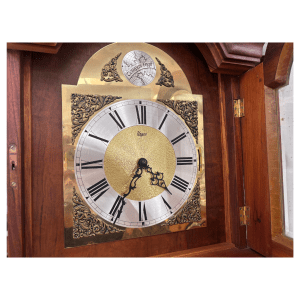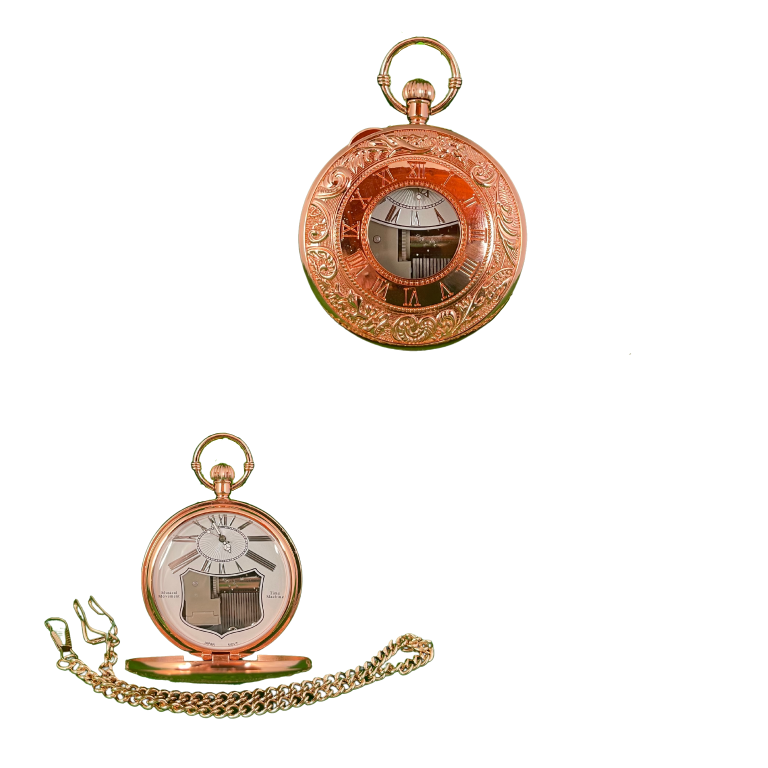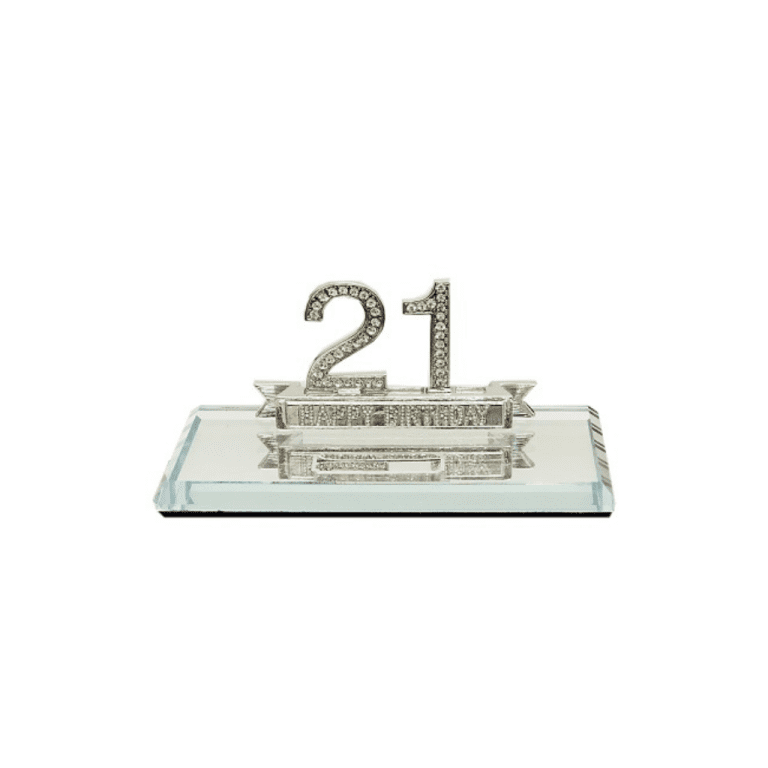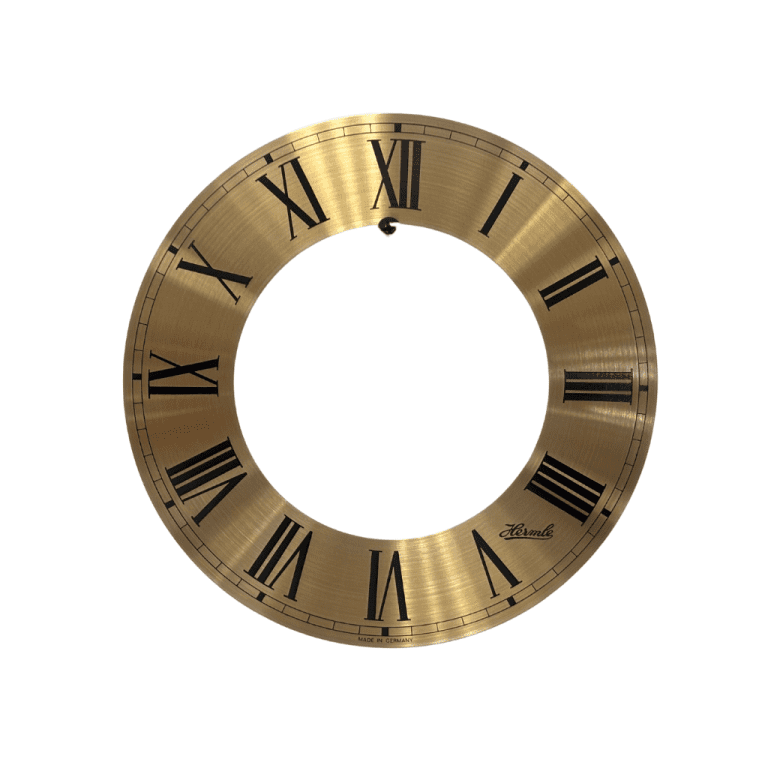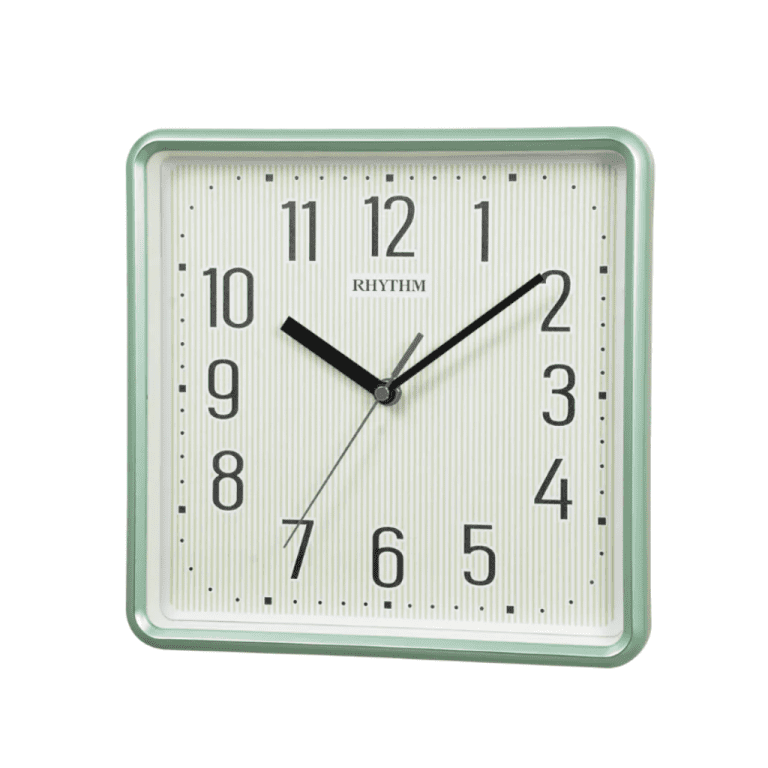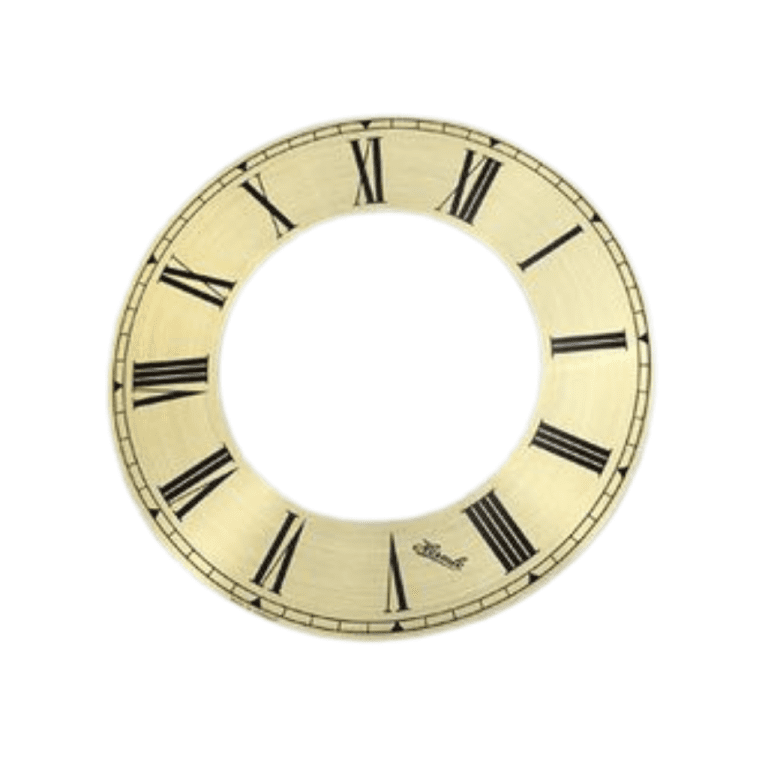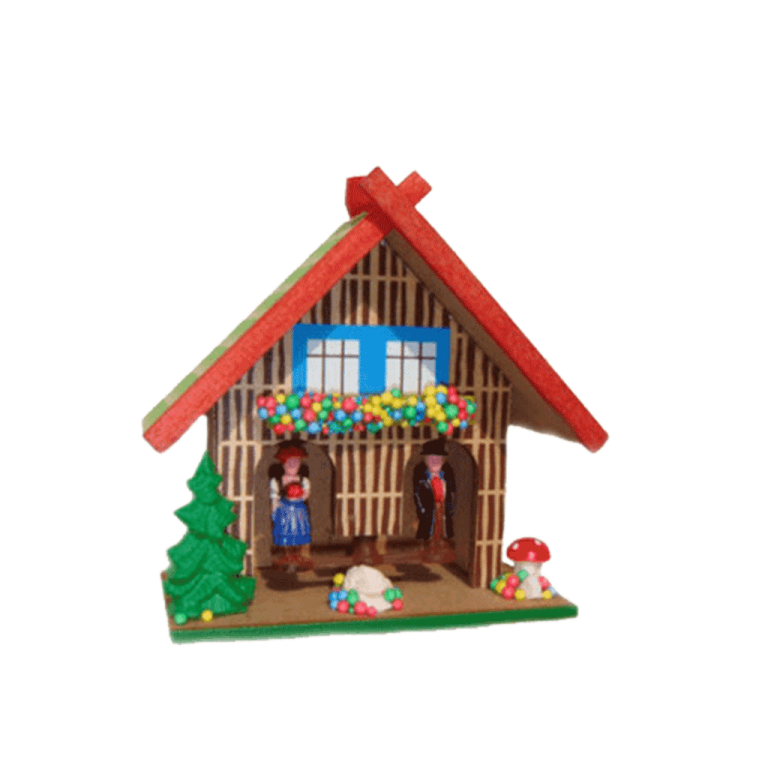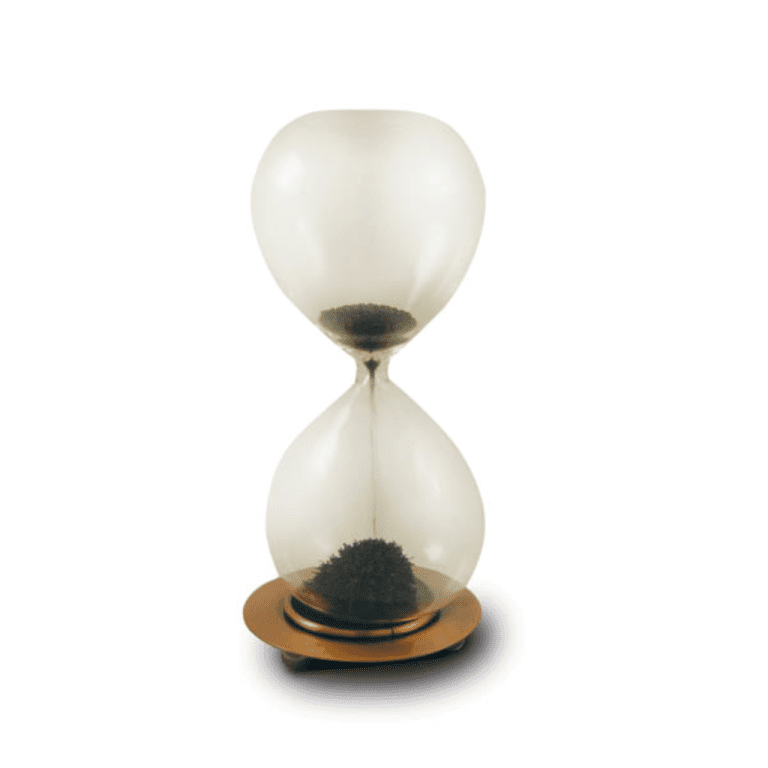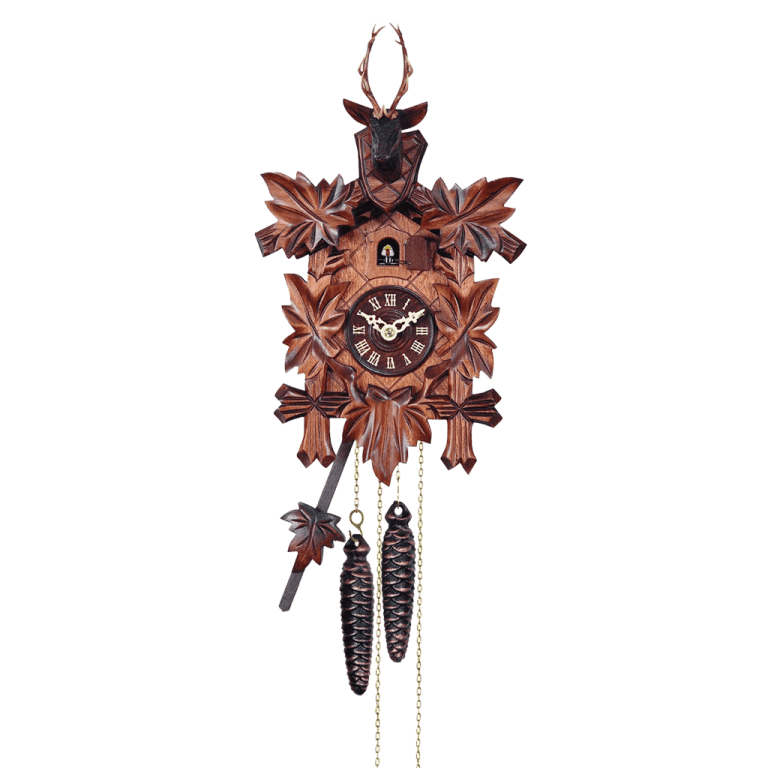The barometer is the reference weather measuring instrument for forecasting the weather in the coming hours. Used by many people around the world, it is not so easy to read, understand and decipher. And indeed, the barometer does not predict the weather like a weather station, but it does serve to measure atmospheric pressure. It is thanks to this pressure that it is then possible to make weather forecast.
The barometer, the reference device for forecasting the weather
Therefore, before being a term designating the measurement of the variations of something to indicate its tendency, the barometer is a weather instrument. There is, in fact, a barometer that is preferred by most people on the media, a barometer used by companies in England, the world of work barometer, or even a property barometer.
In a media barometer at the beginning of January, we learnt, for example, that 4 out of 10 Brits ignore the information. It has nothing to do with the weather, but this type of barometer highlights a trend based on the results of a measurement.
Here, we will look at the barometer as a weather device that measures atmospheric pressure. A gardener’s best friend, but not only, but the barometer is also a meteorological measuring device that does not require any energy to operate.
It is to E. Torricelli, a physicist at the court of the Duke of Tuscany, who developed the first barometer in 1643. In its most common version, the barometer consists of a mechanism, a graduated dial, and a pointer. However, there are many other barometers models, from the more mechanical to the more electronic and connected. These include:
- the aneroid barometer, not very accurate but solid and practical, it consists of a metal capsule under vacuum and a needle that indicates the pressure.
- the mercury barometer is a U-shaped tube connected to a reference scale to measure the difference in level between the two free surfaces of the mercury.
- gas and water barometers measure atmospheric pressure through the compressibility of an enclosed volume of gas that compresses or expands according to atmospheric pressure.
- Electronic and connected barometers.
Some technological weather devices also offer a barometer function, such as weather stations that measure, among other things, the atmospheric pressure.
With its integrated barometer, the Netatmo Smart Weather Station provides you with ultra-localized weather data in real-time. Get an accurate forecast of the weather in the next few hours, right on your smartphone! Combine your thermometer, hygrometer, and of course your barometer in one device.
Is a barometer accurate?
The barometer is a widely used but unreliable instrument, at least less so than other more accurate weather measuring instruments. Indeed, compared to devices such as mercury thermometers, hygrometers, or anemometer, the barometer is much less accurate in predicting the weather over several days. The only weather forecasts that can be made from a barometer are only for the next few hours.
Why is that? The barometer is very sensitive to atmospheric mass movements, i.e. pressure variations, especially due to wind speed. A simple gust of wind can therefore cause the barometer needle to move on its dial. This can change the whole weather forecast for it! This is why forecasting the weather solely based on a barometer is a pipe dream. To make reliable forecasts, not only pressure but also temperature must be taken into account, hygrometry as well as geography.
The barometer needle moves in real-time according to variations in atmospheric pressure. Thus, the atmospheric pressure trends indicated by the barometer are rather stable. It is easy to spot a high (when the pressure rises sharply) or a low (when the pressure falls sharply).
This is also the case with electronic, connected, and intelligent barometers: it is very difficult to predict the weather with any certainty based on air pressure alone.
However, by taking into account not only wind speed but also geography, temperature, and humidity, it is possible to make more accurate weather forecasts than by simply using a barometer.
Even if the barometer of the Netatmo Smart Weather Station is no more powerful or reliable than a traditional barometer, it allows you to combine all your weather data on a single device to obtain more accurate forecasts.
Our tips for reading your barometer
Let’s get to the heart of the matter: reading the barometer according to atmospheric pressure.
As we have seen, the needle of a mechanical barometer reacts to the ambient air pressure. This needle oscillates between 960 and 1060 hectoPascal (the unit of measurement for atmospheric pressure). The average atmospheric pressure at sea level is 1013 hPa: this is an important figure for interpreting the results of your barometer.
The lower the needle goes (and therefore the lower the air pressure), the worse the weather will be: rain, cold, gloom, clouds, etc. And the higher the needle goes (the higher the air pressure), the milder the temperature, the sunnier and warmer the weather will be.
To go further, you need to know how to analyse pressure variations, because it is mainly these that allow you to predict the weather and therefore obtain a more precise weather forecast.
A constant pressure of the barometer needle, with little variation, usually means good weather.
A rapidly rising air pressure in changing weather conditions means that the weather is improving. The closer it gets to 1015hPa, and if it exceeds it, there is a good chance that good weather will set in.
On the other hand, if the barometer needle drops (because the air pressure is falling) at a steady rate, a thunderstorm is likely. And if the pressure drops below 1000hPa, or even 990hPa or 980hPa, you may be in for a storm. Depending on how strong the storm is, you might want to seek out seek!
As for a calm drop of the needle and pressure below 1015hPa, it simply means that rain is coming and that it should last for a few hours… or even several days as well as the atmospheric pressure.
Finally, it should be noted that high pressure is more indicative of calm weather than of a truly pleasant climate.
You now have all the keys to read your barometer correctly. But remember, even though it is very reliable as regards atmospheric pressure, it does not indicate the weather with certainty! However, Brits remain attached to their barometers, even though they are often aware that it is a device that cannot be relied upon with certainty.
Credited to: https://www.netatmo.com/



